The Native Indians Village Supai, The American Indian Tribes of Arizona
Although the Grand Canyon in Arizona is one of the most visit-able and popular destinations, it still has its secrets. One of these is the Indian Village Supai or Havasupai located at the bottom of Havasu Canyon, possibly the most isolated village in the United States. The Havasupai people are an American Indian tribe who have lived in the Grand Canyon for at least the past 800 years and is the smallest Indian Nation in America, with about 600 people, This native american language speak Yuman. Havasu means “blue-green water” and pai “people”. The village has been inhabited by the Havasupai since A.D. 1300.
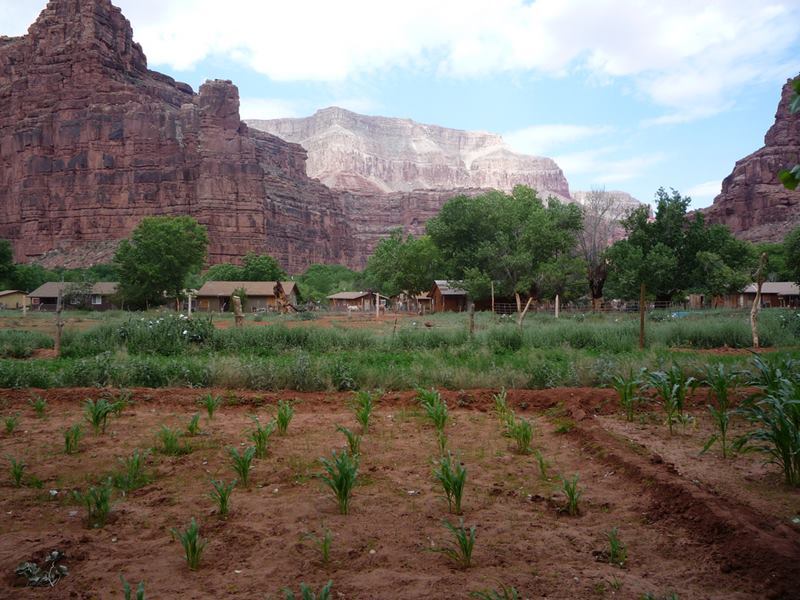
Photo Credit Jon Roig
Tourism is the main source of revenue for the Havasupai tribal people. The town receives more than 20,000 visitors per year. The Tribe charges for entering its land, and visitors are required to reserve either a room at their lodge, or space at the campground for grand canyon camping. In the village of Supai itself has a store, cafe, lodge and museum for tourists. Havasupai Museum of Culture displays the history, native american culture, art and traditions of the Havasupai as well as hosts social gatherings, such as dance, feasts, art fairs and native american music festivals.
Havasupai Trail is the only trail to Supai. The trailhead is at Hualapai Hilltop, Arizona (located at the end of BIA Road 18), where there is a large parking lot, a helipad and portable toilets. The trail can be traveled by foot or horseback. Alternatively, transportation by helicopter is periodically available. As a means of survival, the tribal people has turned to tourism, attracting thousands of people annually to its streams and waterfalls.
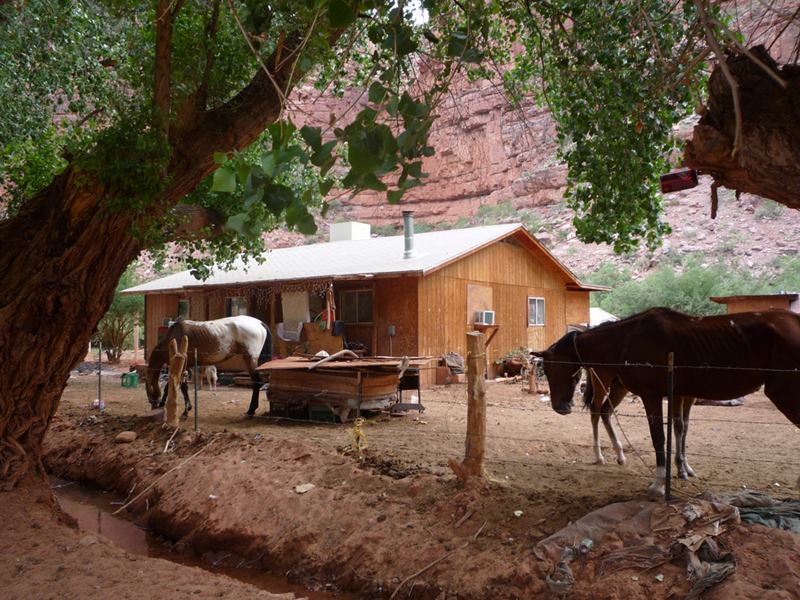
Photo Credit Jon Roig
Havasu Falls is located 2.4 km from Supai. It consists of one main chute that drops over a 27 to 30 meters vertical cliff into a large pool. Due to the high mineral content of the water, the configuration of the falls is ever-changing and sometimes breaks into two separate chutes of water. The falls are known for their natural pools, created by mineralization, although the configuration of the falls and the pools are damaged or destroyed repeatedly by large floods that wash through the area. High calcium carbonate concentration in the water creates the vivid blue-green color and forms the natural travertine dams that occur in various places near the falls. Havasu Creek is the life blood of the Havasupai tribe and their main source of tourism revenue.
Mooney Falls, The Falls are located 2.25 miles from Supai, just past the campgrounds. The trail leads to the top of the falls, where there is a lookout/photograph area that overlooks the 210-foot canyon wall that the waterfall cascades over. In order to gain access to the bottom of the falls and its pool, a very rugged and dangerous descent is required. Extreme care and discretion for the following portion is required; it is highly exposed and should not be attempted when the weather and/or conditions are not suitable.
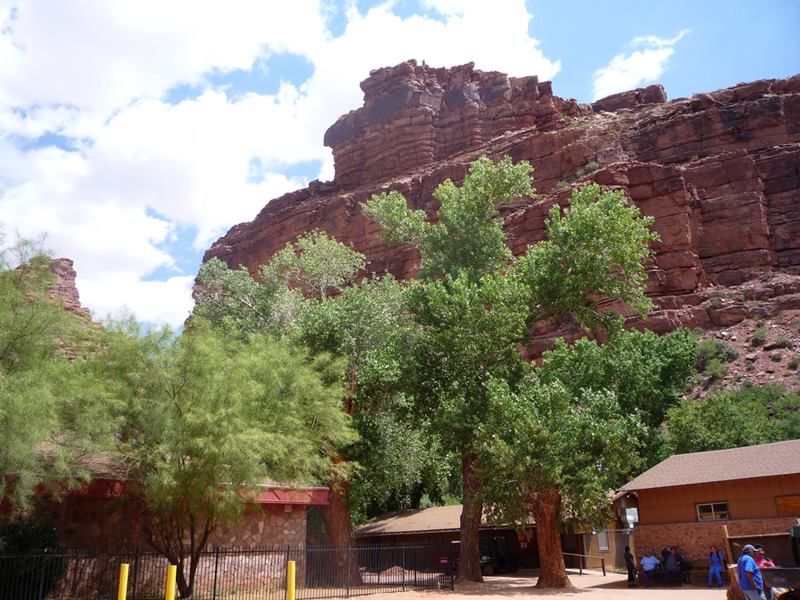
Photo Credit Jon Roig

Photo Credit Jon Roig
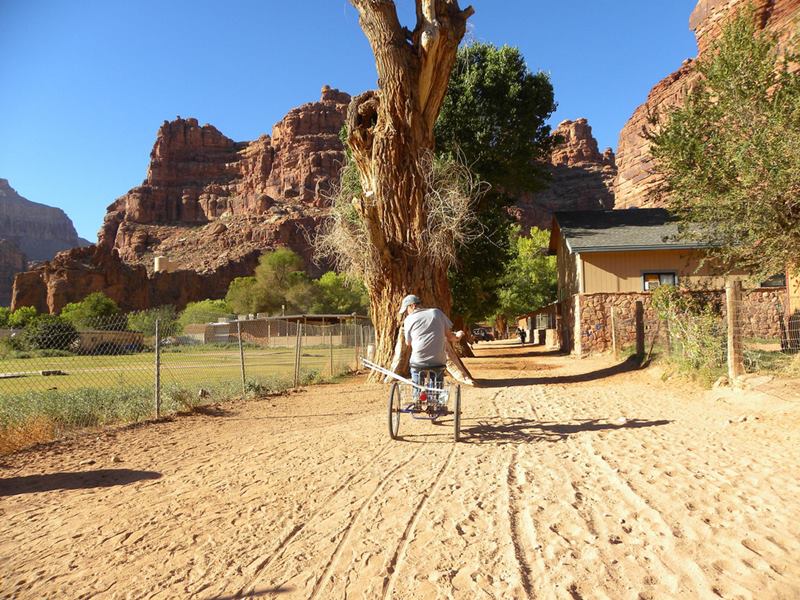
Photo Credit Jeremy Stapleton
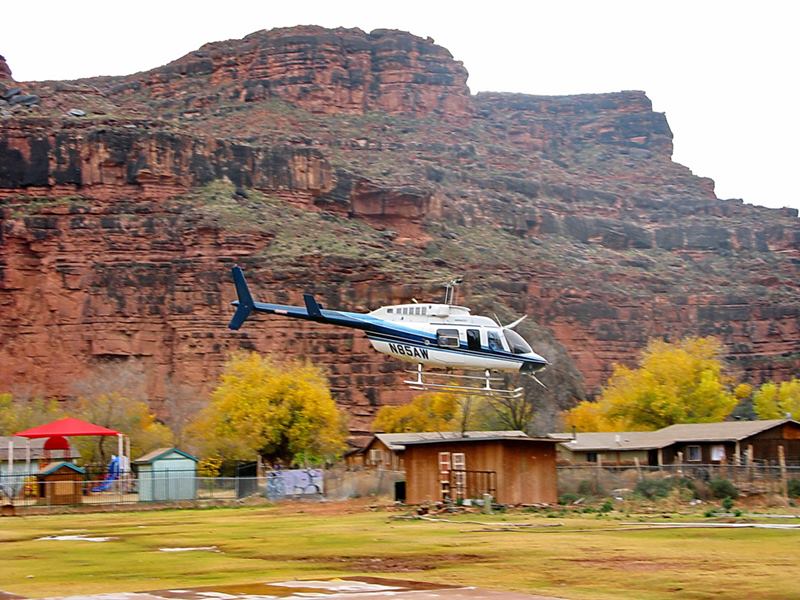
Photo Credit Al_HikesAZ
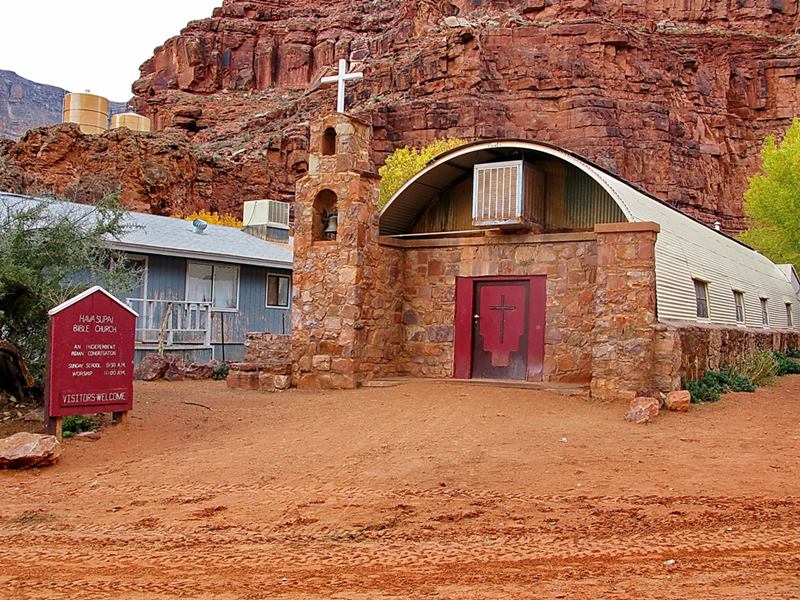
Photo Credit Al_HikesAZ
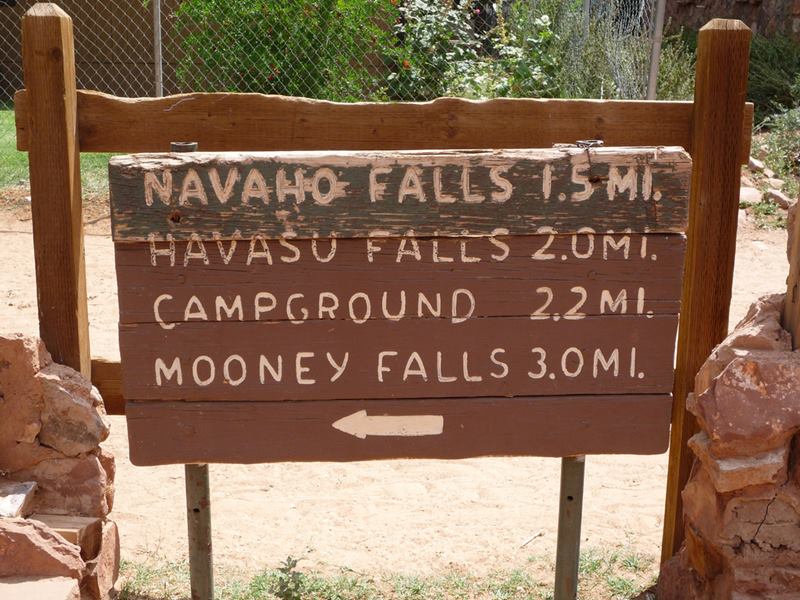
Distances from village to various places. Photo Credit Jon Roig
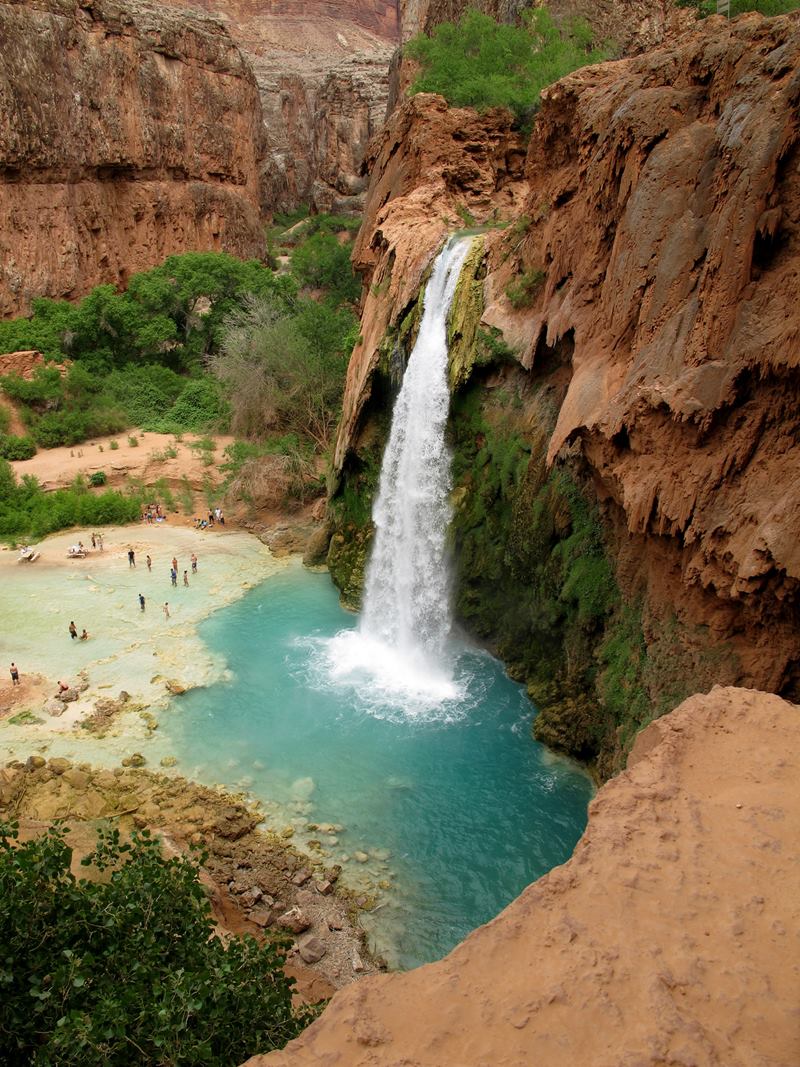
Havasu Falls. Photo Credit zphaze
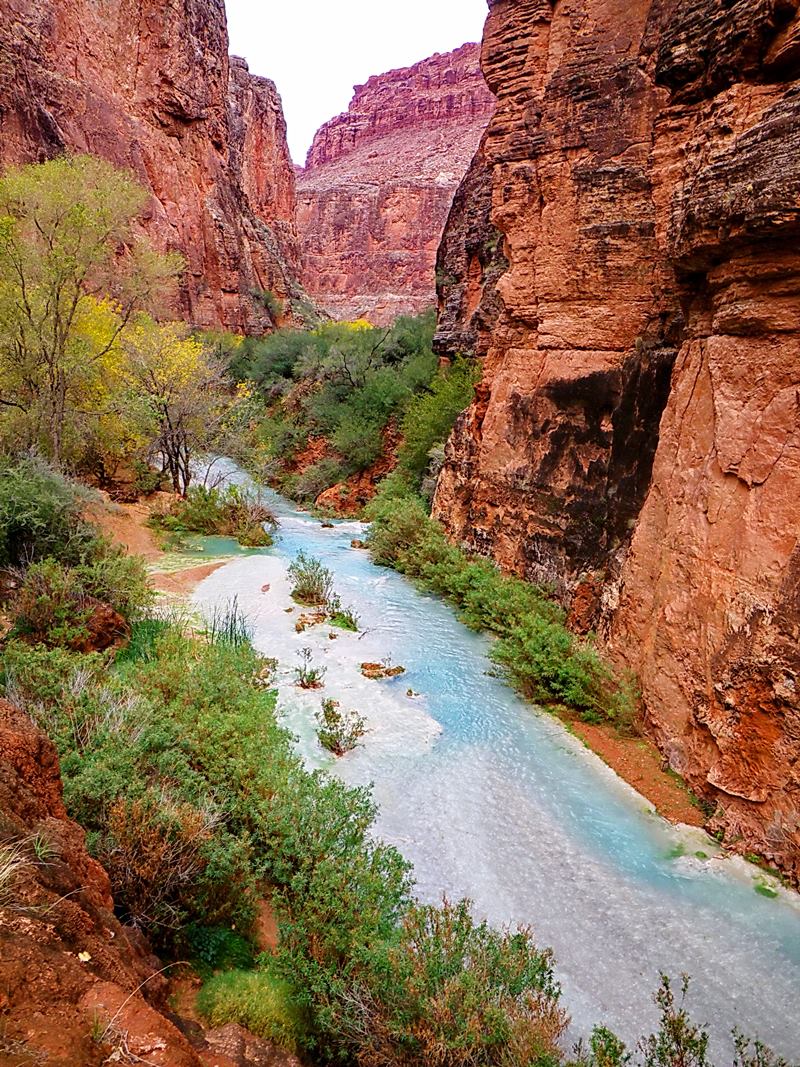
Havasu Creek below Mooney Falls on way to Beaver Falls. Photo Credit Al_HikesAZ
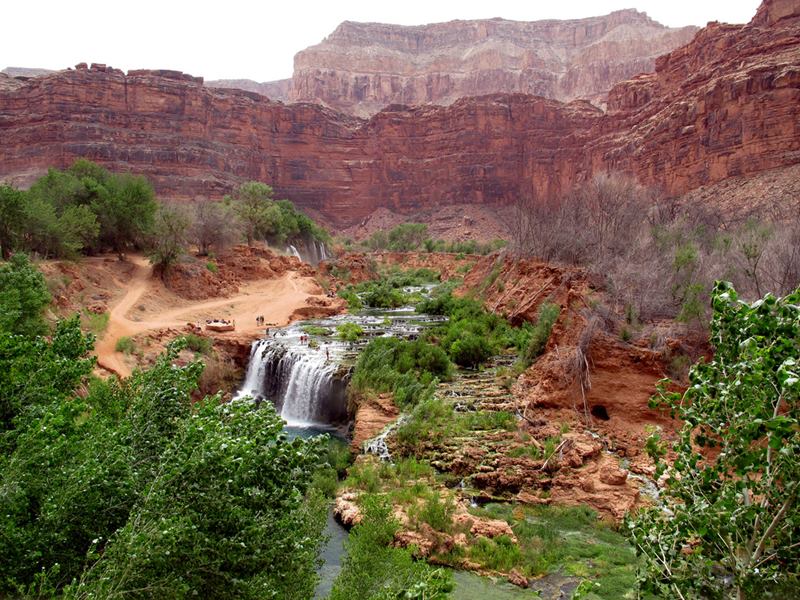
Photo Credit zphaze
Source — Internet

No comments:
Post a Comment